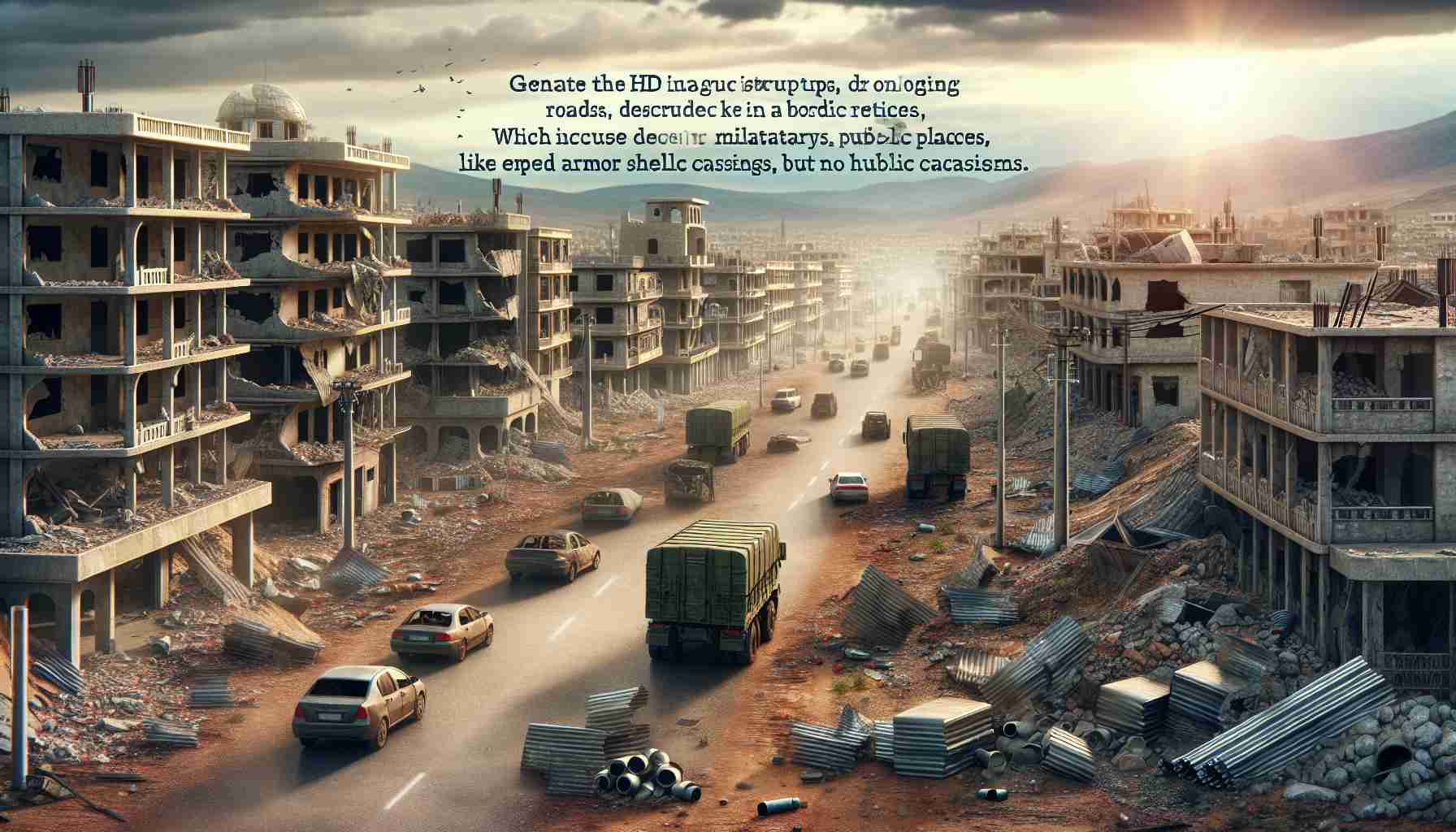
Ongoing Conflict Disrupts Key Infrastructure in Border Region
Yesterday, a significant development unfolded in the border region as a crucial bridge near the village of Gloesjkovo, southwest of the Kursk region, was destroyed by military forces.
Notably, footage of the bridge being targeted by an intense bombardment was shared by the Ukrainian Air Force commander, Mykola Olesjtsjoek, on his Telegram channel.
The destruction of this bridge has disrupted a vital supply route for military operations in the area, dealing a blow to the affected parties heavily reliant on its functionality.
Reports indicate that advanced American-made Himars rockets were deployed during the strike, underscoring the escalating level of military technology involved in the conflict.
Meanwhile, the conflict continues to unfold with Ukraine’s ongoing offensive progress into Russian territory, advancing approximately 35 kilometers into the Kursk region.
Concurrently, further south, Russian forces are making advances in the Donetsk region of Ukraine, with the military administration noting their proximity, merely 10 kilometers away from the city of Pokrovsk.
Ongoing Conflict Spurs Humanitarian Crisis as Key Infrastructure Continues to Suffer
Amidst the ongoing conflict in the border region, the destruction of infrastructure, such as the bridge near the village of Gloesjkovo, is not only disrupting military operations but also leading to a significant humanitarian crisis. As key routes for supplies and aid are cut off, civilians in the region are increasingly finding themselves trapped in the crossfire.
What are the key challenges faced by humanitarian organizations in delivering aid to the affected areas?
Humanitarian organizations are struggling to access the conflict-affected areas due to the destruction of critical infrastructure, making it difficult to provide essential supplies such as food, water, and medical aid to those in need. The volatile security situation poses a grave risk to aid workers, hindering their efforts to reach the most vulnerable populations.
Are there any controversies surrounding the involvement of foreign military technology in the conflict?
The deployment of advanced American-made Himars rockets in the recent strike on the bridge has raised concerns about the intensification of foreign involvement in the conflict. While such technology may offer strategic advantages to the parties involved, it also escalates the level of destruction and casualties, further fueling the cycle of violence in the region.
Advantages and Disadvantages of Military Offensives Impacting Infrastructure
The military offensives aimed at seizing control of strategic locations may offer short-term tactical advantages to the warring parties, potentially altering the balance of power in the region. However, the collateral damage to critical infrastructure, such as bridges and roads, poses long-term challenges for post-conflict reconstruction efforts and hampers the region’s overall development.
For further reading on the ongoing conflict and its impact on key infrastructure, visit United Nations.

















